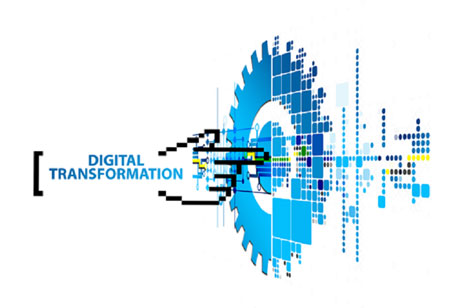THANK YOU FOR SUBSCRIBING
Be first to read the latest tech news, Industry Leader's Insights, and CIO interviews of medium and large enterprises exclusively from CFO Tech Outlook
THANK YOU FOR SUBSCRIBING

By
CFO Tech Outlook | Tuesday, September 29, 2020
Stay ahead of the industry with exclusive feature stories on the top companies, expert insights and the latest news delivered straight to your inbox. Subscribe today.
To accommodate the demands of the modern-day digital tax landscape, tax administrators are tailoring a new approach.
FREMONT, CA: The digitization of business has led to a huge increase in trade transactions. Up until recently, tax administrations had been able to manage this level of growth. However, within the last few years, an unparalleled flow of data mixed with the increased use of technology has complicated matters. With this, tax administrations need to use digital tax administration to handle these issues, improve services, and optimize operational excellence. But embracing digital tax administration demands requires constant adaptation to economic fluctuations, tax regulations, reporting requirements, and digital technologies. Here are some trends that are shaping the future for digital tax administration.[vendor_logo_first]
• The Deluge of Data
One major challenge that tax agencies face is the data. Agencies must connect records for the same taxpayer across several data sources, despite the lack of international standards on formats and tax data definitions. Data protection laws limit how tax data can be used. And there are different data sources across applications from internal legacy systems and external sources, and these data sometimes needs to be captured in real-time or near-real-time.
• Integrated Platform for Analytics
The marketplace has changed since the ages-old origins of brick-and-mortar-based economic rules. To overcome this issue, many agencies are adopting a single, integrated solution for analytics. Uniting data and analytics across departments provides a common method for collecting and integrating raw data, cleansing it to ensure data quality, and preparing it for analytics. Prepared data is then fed analytics processes, reducing the cost of model creation and implantation while reinforcing governance and data security.
• Complex Corporate Tax Structures
As always, corporate taxpayers try to evade taxation. And it is hard to identify complex corporate structures and follow the trail of money through them. Corporations in different parts of the world are structured in different ways. Some corporate structures are even set up intentionally to obfuscate who owns the business. The more steps away the owner is from the company, the harder it is to find out who is ultimately accountable. Innovative tax agencies now use the link, network, social network analysis, and artificial intelligence techniques to understand taxpayer networks.
See also: Top 10 Employee Onboarding Solution Companies - 2020
I agree We use cookies on this website to enhance your user experience. By clicking any link on this page you are giving your consent for us to set cookies. More info



